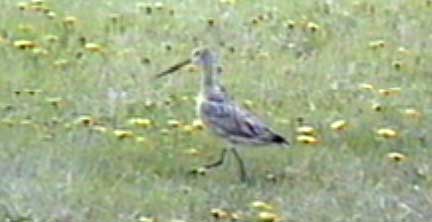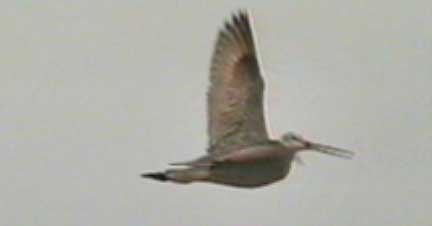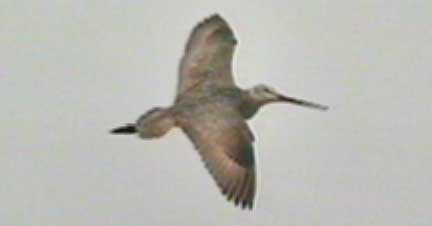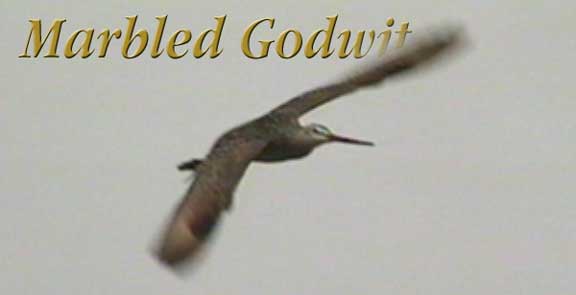|
|
| FTLComm - Tisdale - June 1, 2000 |
As I drove across the fairgrounds this morning I thought I saw a Killdeer wading
through the dandelions. Every ball player at one time or another has had to endure
a Killdeer doing
its broken wing act to distract what it thinks might be a predator from its nest
of eggs. But as I came closer and blinked a few times this "killdeer" was
the size of a duck and had a bill between six and eight inches long. doing
its broken wing act to distract what it thinks might be a predator from its nest
of eggs. But as I came closer and blinked a few times this "killdeer" was
the size of a duck and had a bill between six and eight inches long.There were two of them strolling along. I stopped the van and got out walked over toward them and they simply ambled away. In this picture the tan coloured bird blended into the background. The partner's picture is barely distinguishable from the grass and blossoms. But in a moment they both took off. |
 That's the nice thing about being a bird, if things don't seem right you can just fly somewhere else. In these flight pictures you can see the markings on the bird which seemed at first to me to look like a curlew but the bill of this bird is straight whereas the curlew's beak turns downward. These birds cover a lot of territory and adapt nicely to a wide range of habitat. They spend their winter in Southern United States and some go on to South America for the |
 festival season.
In summer festival season.
In summerthey can be found throughout the great central plains. They like the prairies and shores of ponds and in the winter hang around beaches and tideflats. They place their nests in grassy flats and hatch four olive -buff , spotted eggs. The get their name from the accented voice when they say "kerwhit" or "godwit" and also will say "raddica, raddica" which is probably something picked up in South America. |
 This
pair both displayed their This
pair both displayed theirtypical mottled buf-brown colouring which gives them their name as the "Marbled" Godwit (Limosa fedoa). Keep your eyes open around the ball diamonds at the fairgrounds and you will see this pair, they have likely decided that this is their nursery for this year and will have nested in an outfield or parking lot. |
